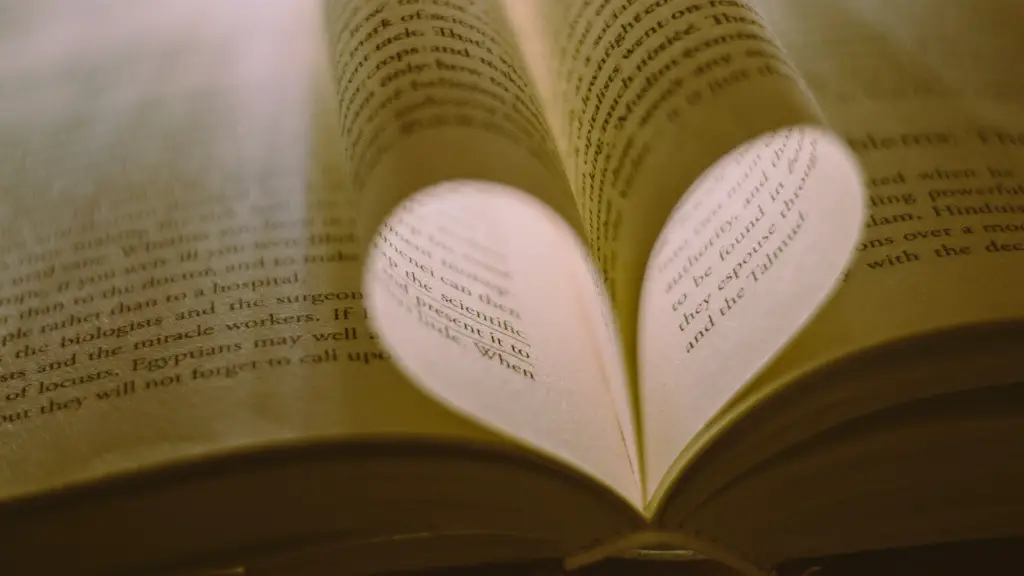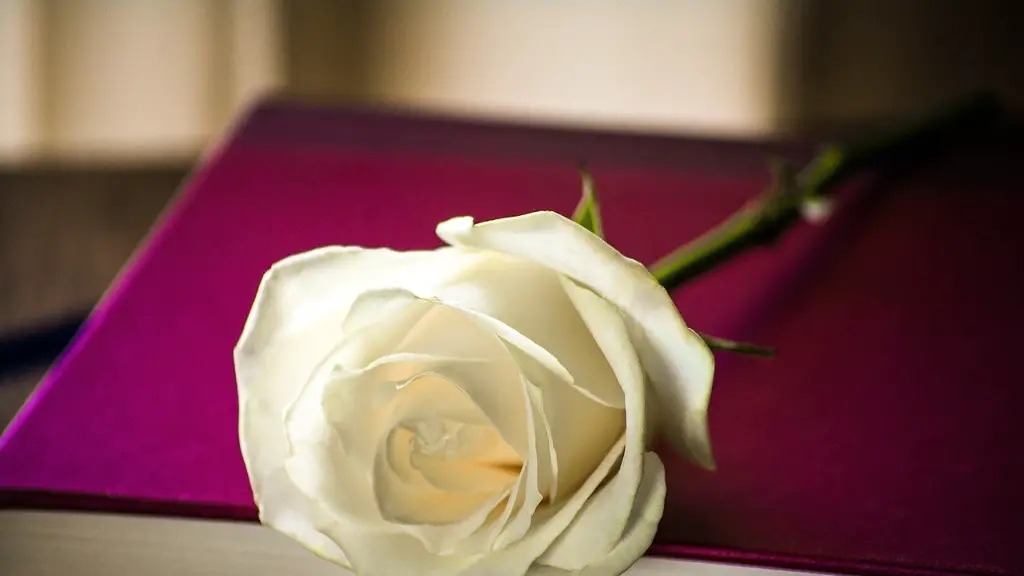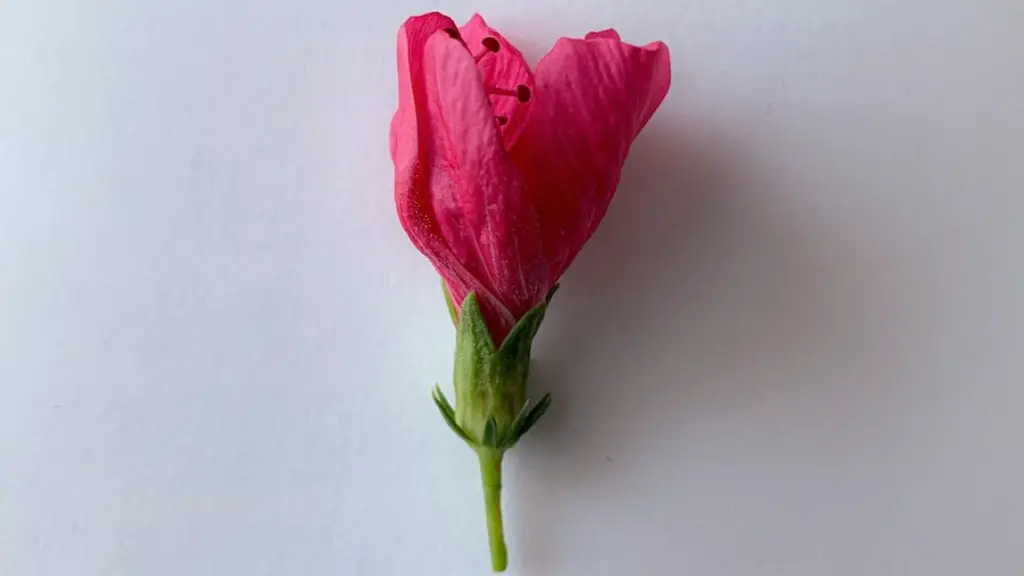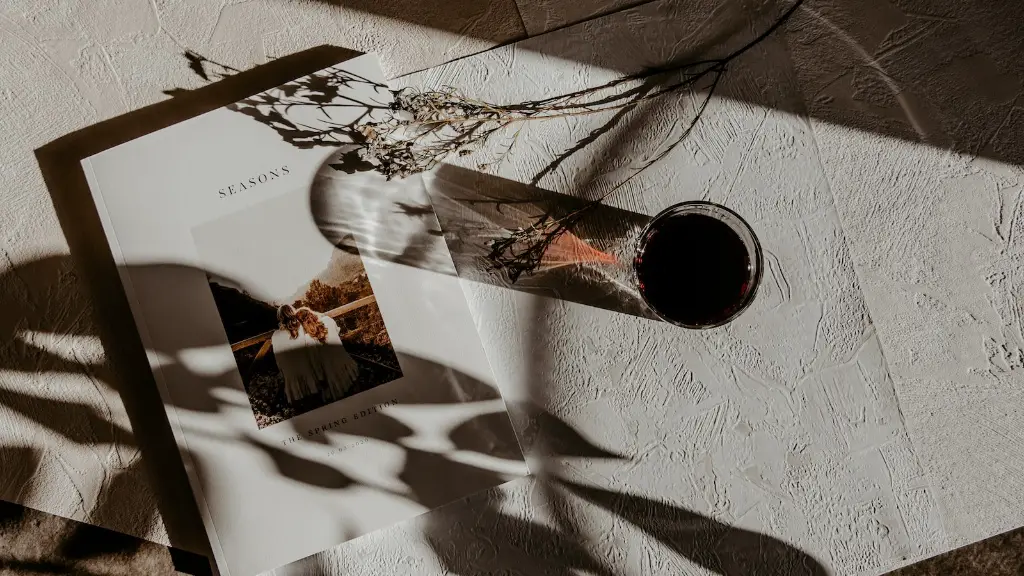Poetry has been used to express powerful emotions and generate powerful responses since its creation. It is a timeless art form that has survived the centuries and has been used in cultures around the world. One of the most powerful aspects of poetry is its sound – the musicality of the words and the rhythms created by them.
The sound of poetry is an essential part of its power, as it can evoke strong emotions and create a mood. The rhythms created by words when used together can bring a sense of harmony and melodic sound to poetry. This is why poets often use rhymes and alliteration to create a pleasing sound. Rhymes are used to tie words together, creating a certain poetic meter, while alliteration is used to emphasize certain syllables.
Rhythms and musicality are key elements of poetry, as they draw the reader in and bring an emotional connection. They are also used to structure the poem and bring it to life. Poets often use rhyme and alliteration to create an effect, to create a cadence or even to bring a humorous element to their writing. Some poets also use repetition of words and phrases to create a sense of rhythm and melody. This can be very effective in conveying a particular emotion.
Using sound in poetry also helps to bring out the meaning of the poem. It can emphasize the main point and convey the emotion of the piece. Poets often use sound to emphasize or underline certain words and phrases and to create a certain mood. This can be done through the use of sound devices such as onomatopoeia, alliteration, and assonance.
The sound of words is often used to express the meaning of a poem. This is especially important in lyric poetry, where sound is used to create a musical soundscape. This can be used to evoke strong emotions or to create a mood. Rhythms and musicality are key elements in lyric poetry, as they help to draw the reader in and bring meaning to the poem.
The use of sound in poetry can also help to create imagery and to bring the reader into the poem. This can be done through the use of metaphors and similes, as well as through the use of sound devices such as alliteration and assonance.
Using sound as an element of poetry has been around for centuries, and it is still used today by contemporary poets. It is an essential part of any poem, as it helps to bring the poem to life and to create an emotional response from readers.
Origin and Background of Sound in Poetry
The use of sound in poetry dates back to antiquity and has been used by poets to evoke powerful emotions and to bring out the meaning of the poem. Ancient Greek and Latin poets often used rhyme and alliteration to create a sense of rhythm and to bring out the meaning of their writings. During the Middle Ages, French troubadours used similar methods to express emotions, while Renaissance poets such as John Donne used sound to emphasize certain words.
In modern times, poets such as Robert Frost, Sylvia Plath and Ezra Pound have used sound in their poems to create a strong sense of rhythm and emotion. Contemporary poets such as Seamus Heaney and Margaret Atwood have also used sound in their poetry to create imagery and to bring an emotional response from the reader.
Poets have also used sound to create metered verse, in which the rhythm of the poem is controlled by the number of syllables in each line. This is a way of creating a musical feel and to help bring out the meaning of the poem.
Variations of Sound in Poetry
Poets use a variety of sound devices to create the desired effect in their poems. These include alliteration, assonance, and onomatopoeia. Alliteration is the repetition of a consonant sound in two or more consecutive words. Assonance is the repetition of a vowel sound, while onomatopoeia is the use of words which sound like their meaning, such as ‘buzz’, ‘hiss’, and ‘bump’.
Poets also use repetition of words and phrases to create a sense of rhythm, melody, and to emphasize certain ideas. Repetition can be used in many ways, such as to create a refrain or a chorus, or to emphasize a particular idea. It can also be used to create a poetic form such as a sonnet or villanelle.
Sound also plays a part in prosody, or the study of verse structure. This includes a variety of sound devices, such as alliteration, assonance, repetition, and onomatopoeia. These are used to create rhythm and melody, to create a flow and to enhance the meaning of the poem.
How Poets Can Leverage Sound in their Work
Poets can use sound in many ways to create their desired effect. They can use alliteration, assonance, and onomatopoeia to emphasize certain words and ideas and to create a certain atmosphere. Poets can also use repetition to create a certain rhythm or meter and to emphasize certain ideas.
Poets can also use sound devices to create a particular atmosphere in their poems. For example, a poet can use sound to create a mood of sorrow, happiness, or dreaminess. They can also use sound to evoke a sense of nostalgia or to create a sense of mystery.
When it comes to writing poetry, it is important to think about how the sound of the words can affect the meaning and emotion of the poem. Sound can add a special element to the writing that can help to bring out the meaning of the poem and to evoke an emotional response from the reader.
Conclusion
Sound is an essential element of poetry and has been used by poets for centuries to evoke powerful emotions and to emphasize certain ideas. Poets use various sound devices, such as alliteration, assonance, and onomatopoeia, to create a certain atmosphere and to bring out the meaning of the poem. Repetition can also be used to create rhythm, melody, and to emphasize certain ideas. Sound can be a powerful tool for poets and can help to create an emotional response in readers.




